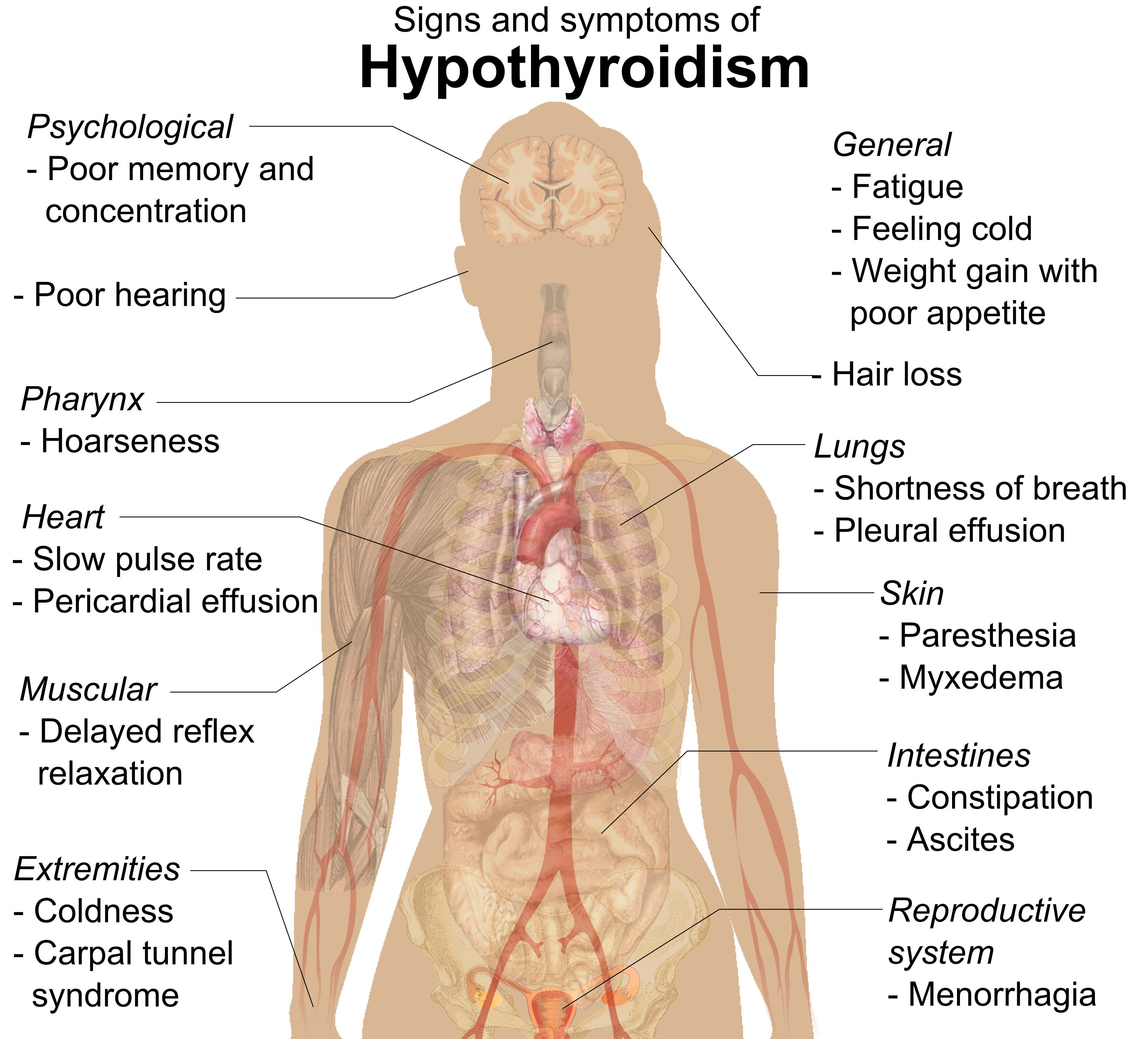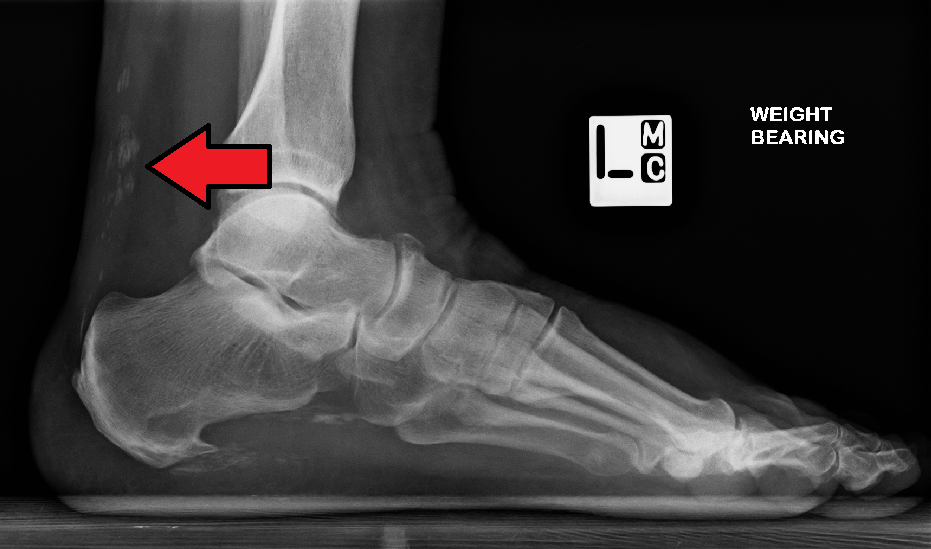|
Polychondritis
Relapsing polychondritis is a systemic disease characterized by repeated episodes of inflammation and in some cases deterioration of cartilage. The disease can be life-threatening if the respiratory tract, heart valves, or blood vessels are affected. The exact mechanism is poorly understood. The diagnosis is reached on the basis of the symptoms and supported by investigations such as blood tests and sometimes other investigations. Treatment may involve symptomatic treatment with Analgesic, painkillers or anti-inflammatory medications, and more severe cases may require immunosuppression, suppression of the immune system. Signs and symptoms Though any cartilage in the body may be affected in persons with relapsing polychondritis, in many cases the disease affects several areas while sparing others. The disease may be variable in its signs and symptoms, resulting in a difficult diagnosis which may leads to delayed recognition for several months, years or decades. Associated diseas ... [...More Info...] [...Related Items...] OR: [Wikipedia] [Google] [Baidu] |
Rheumatology
Rheumatology () is a branch of medicine devoted to the diagnosis and management of disorders whose common feature is inflammation in the bones, muscles, joints, and internal organs. Rheumatology covers more than 100 different complex diseases, collectively known as rheumatic diseases, which includes many forms of arthritis as well as lupus and Sjögren syndrome, Sjögren's syndrome. Physician, Doctors who have undergone formal training in rheumatology are called rheumatologists. Many of these diseases are now known to be disorders of the immune system, and rheumatology has significant overlap with immunology, the branch of medicine that studies the immune system. Rheumatologist A rheumatologist is a physician who specializes in the field of medical sub-specialty called rheumatology. A rheumatologist holds a board certification after specialized training. In the United States, training in this field requires four years of undergraduate school, four years of medical school, a ... [...More Info...] [...Related Items...] OR: [Wikipedia] [Google] [Baidu] |
Cartilage
Cartilage is a resilient and smooth type of connective tissue. Semi-transparent and non-porous, it is usually covered by a tough and fibrous membrane called perichondrium. In tetrapods, it covers and protects the ends of long bones at the joints as articular cartilage, and is a structural component of many body parts including the rib cage, the neck and the bronchial tubes, and the intervertebral discs. In other taxa, such as chondrichthyans and cyclostomes, it constitutes a much greater proportion of the skeleton. It is not as hard and rigid as bone, but it is much stiffer and much less flexible than muscle. The matrix of cartilage is made up of glycosaminoglycans, proteoglycans, collagen fibers and, sometimes, elastin. It usually grows quicker than bone. Because of its rigidity, cartilage often serves the purpose of holding tubes open in the body. Examples include the rings of the trachea, such as the cricoid cartilage and carina. Cartilage is composed of specialized c ... [...More Info...] [...Related Items...] OR: [Wikipedia] [Google] [Baidu] |
Systemic Vasculitis
Necrotizing vasculitis, also called systemic necrotizing vasculitis, is a general term for the inflammation of veins and arteries that develops into necrosis and narrows the vessels. Tumors, medications, allergic reactions, and infectious organisms are some of the recognized triggers for these conditions, even though the precise cause of many of them is unknown. Immune complex disease, anti-neutrophil cytoplasmic antibodies, anti-endothelial cell antibodies, and cell-mediated immunity are examples of pathogenetic factors. Numerous secondary symptoms of vasculitis can occur, such as thrombosis, aneurysm formation, bleeding, occlusion of an artery, loss of weight, exhaustion, depression, fever, and widespread pain that worsens in the morning. Systemic vasculitides are categorized as small, medium, large, or variable based on the diameter of the vessel they primarily affect. Classification Large-vessel vasculitis The 2012 Chapel Hill Consensus Conference defines large vessel ... [...More Info...] [...Related Items...] OR: [Wikipedia] [Google] [Baidu] |
Polymyalgia Rheumatica
Polymyalgia rheumatica (PMR) is a systemic inflammatory disease characterized by pain or stiffness, usually in the neck, shoulders, upper arms, and hips, but which may occur all over the body. Almost all cases occur in people age 50 or older. Pain and stiffness of PMR is worst in the morning and improves throughout the day, but these symptoms frequently persist to some extent throughout the day and into the evening. People who have polymyalgia rheumatica may also have temporal arteritis (giant cell arteritis), an inflammation of blood vessels in the face which can cause blindness if not treated quickly. The pain and stiffness can result in a lowered quality of life, and can lead to depression. The exact cause of PMR, including whether or not it may be an autoimmune disease, is unclear. Persons of Northern European descent are at greater risk. There is no definitive laboratory test, but C-reactive protein (CRP) and erythrocyte sedimentation rate (ESR) can be useful as non- ... [...More Info...] [...Related Items...] OR: [Wikipedia] [Google] [Baidu] |
Reactive Arthritis
Reactive arthritis, previously known as Reiter's syndrome, is a form of inflammatory arthritis that develops in response to an infection in another part of the body (cross-reactivity). Coming into contact with bacteria and developing an infection can trigger the disease. By the time a person presents with symptoms, the "trigger" infection has often been cured or is in remission in chronic cases, thus making determination of the initial cause difficult. The manifestations of reactive arthritis include the following triad of symptoms: inflammatory arthritis of large joints, inflammation of the eyes in the form of conjunctivitis or uveitis, and urethritis in men or cervicitis in women. Arthritis occurring alone following sexual exposure or enteric infection is also known as reactive arthritis. Affected people may present with mucocutaneous lesions, as well as psoriasis-like skin lesions such as circinate balanitis, and keratoderma blennorrhagicum. Enthesitis can involve the ... [...More Info...] [...Related Items...] OR: [Wikipedia] [Google] [Baidu] |
Spondyloarthropathy
Spondyloarthritis (SpA), also known as spondyloarthropathy, is a collection of syndromes connected by genetic predisposition and clinical symptoms. The best-known subtypes are enteropathic arthritis (EA), psoriatic arthritis (PsA), ankylosing spondylitis (AS), and reactive arthritis (ReA). Symptoms of spondyloarthritis include back pain, arthritis, and enthesitis, inflammation at bone-adhering ligaments, tendons, or joint capsules. Spondyloarthritis is caused by a combination of genetic and environmental factors. It is associated with intestinal inflammation, with a connection between Crohn's disease and ankylosing spondylitis. Reactive arthritis is primarily caused by gastrointestinal, genitourinary, respiratory infections, and genetic factors. Spondyloarthritis is diagnosed based on symptoms and imaging. Early diagnosis criteria use genetic testing and more advanced forms of medical imaging. Spondyloarthritis is categorized into two groups based on the Assessment of Spondylo ... [...More Info...] [...Related Items...] OR: [Wikipedia] [Google] [Baidu] |
Rheumatoid Arthritis
Rheumatoid arthritis (RA) is a long-term autoimmune disorder that primarily affects synovial joint, joints. It typically results in warm, swollen, and painful joints. Pain and stiffness often worsen following rest. Most commonly, the wrist and hands are involved, with the same joints typically involved on both sides of the body. The disease may also affect other parts of the body, including skin, eyes, lungs, heart, nerves, and blood. This may result in a anemia, low red blood cell count, pleurisy, inflammation around the lungs, and pericarditis, inflammation around the heart. Fever and low energy may also be present. Often, symptoms come on gradually over weeks to months. While the cause of rheumatoid arthritis is not clear, it is believed to involve a combination of genetic and environmental factors. The underlying mechanism involves the body's immune system attacking the joints. This results in inflammation and thickening of the synovium, joint capsule. It also affects the und ... [...More Info...] [...Related Items...] OR: [Wikipedia] [Google] [Baidu] |
Hashimoto's Thyroiditis
Hashimoto's thyroiditis, also known as chronic lymphocytic thyroiditis, Hashimoto's disease and autoimmune thyroiditis, is an autoimmune disease in which the thyroid gland is gradually destroyed. Early on, symptoms may not be noticed. Over time, the thyroid may enlarge, forming a painless goiter. Most people eventually develop hypothyroidism with accompanying weight gain, fatigue, constipation, hair loss, and general pains. After many years the thyroid typically shrinks in size. Potential complications include thyroid lymphoma. Further complications of hypothyroidism can include high cholesterol, heart disease, heart failure, high blood pressure, myxedema, and potential problems in pregnancy. Hashimoto's thyroiditis is thought to be due to a combination of genetic and environmental factors. Risk factors include a family history of the condition and having another autoimmune disease. Diagnosis is confirmed with blood tests for TSH, thyroxine ( T4), antithyroid autoant ... [...More Info...] [...Related Items...] OR: [Wikipedia] [Google] [Baidu] |
Autoimmune Hemolytic Anemia
Autoimmune hemolytic anemia (AIHA) occurs when a person's immune system produces antibodies directed against their own red blood cells (RBCs). These antibodies attach to red cells, causing them to break down ( lyse), and reducing the number of oxygen-carrying red blood cells in circulation (anemia). The antibodies are usually directed against common red cell antigens, therefore they also bind to allogenic or transfused red cells and cause them to lyse. (ref). Autoimmune haemolytic anaemia can be caused by different types of antibodies with reactivity at different temperatures. The one caused by IgG antibodies is called warm-immune haemolytic anaemia and has an incidence of 5-10 cases per million whereas ‘cold agglutinin disease’ is caused by IgM antibodies with an incidence of 1-1.8 cases per million. The terminology used in this disease is somewhat ambiguous. Although MeSH uses the term "autoimmune hemolytic anemia", some sources prefer the term "immunohemolytic anemia" so dr ... [...More Info...] [...Related Items...] OR: [Wikipedia] [Google] [Baidu] |
Antiphospholipid Syndrome
Antiphospholipid syndrome, or antiphospholipid antibody syndrome (APS or APLS), is an autoimmune, hypercoagulable state caused by antiphospholipid antibodies. APS can lead to blood clots (thrombosis) in both arteries and veins, pregnancy-related complications, and other symptoms like low platelets, kidney disease, heart disease, and rash. Although the exact etiology of APS is still not clear, genetics is believed to play a key role in the development of the disease. Diagnosis is made based on symptoms and testing, but sometimes research criteria are used to aid in diagnosis. The research criteria for definite APS requires one clinical event (i.e. thrombosis or pregnancy complication) and two positive blood test results spaced at least three months apart that detect lupus anticoagulant, anti-apolipoprotein antibodies, and/or anti-cardiolipin antibodies. Antiphospholipid syndrome can be primary or secondary. • Primary antiphospholipid syndrome occurs in the absence of any ... [...More Info...] [...Related Items...] OR: [Wikipedia] [Google] [Baidu] |
Dermatomyositis
Dermatomyositis (DM) is a Chronic condition, long-term inflammatory disorder, inflammatory Autoimmune disease, autoimmune disorder which affects the skin and the muscles. Its symptoms are generally a skin rash and worsening muscle weakness over time. These may occur suddenly or develop over months. Other symptoms may include weight loss, fever, lung inflammation, or light sensitivity. Complications may include calcinosis, calcium deposits in muscles or skin. Dermatomyositis is an autoimmune disorder featuring both humoral and T-cell autoimmune processes. Dermatomyositis may develop as a paraneoplastic syndrome associated with several forms of malignancy. It is known to be associated with several viruses, especially coxsackievirus, but no definitive causal link has been found. Dermatomyositis is considered a type of inflammatory myopathy. Diagnosis is typically based on some combination of symptoms, blood tests, electromyography, and muscle biopsy, muscle biopsies. Eighty percen ... [...More Info...] [...Related Items...] OR: [Wikipedia] [Google] [Baidu] |






